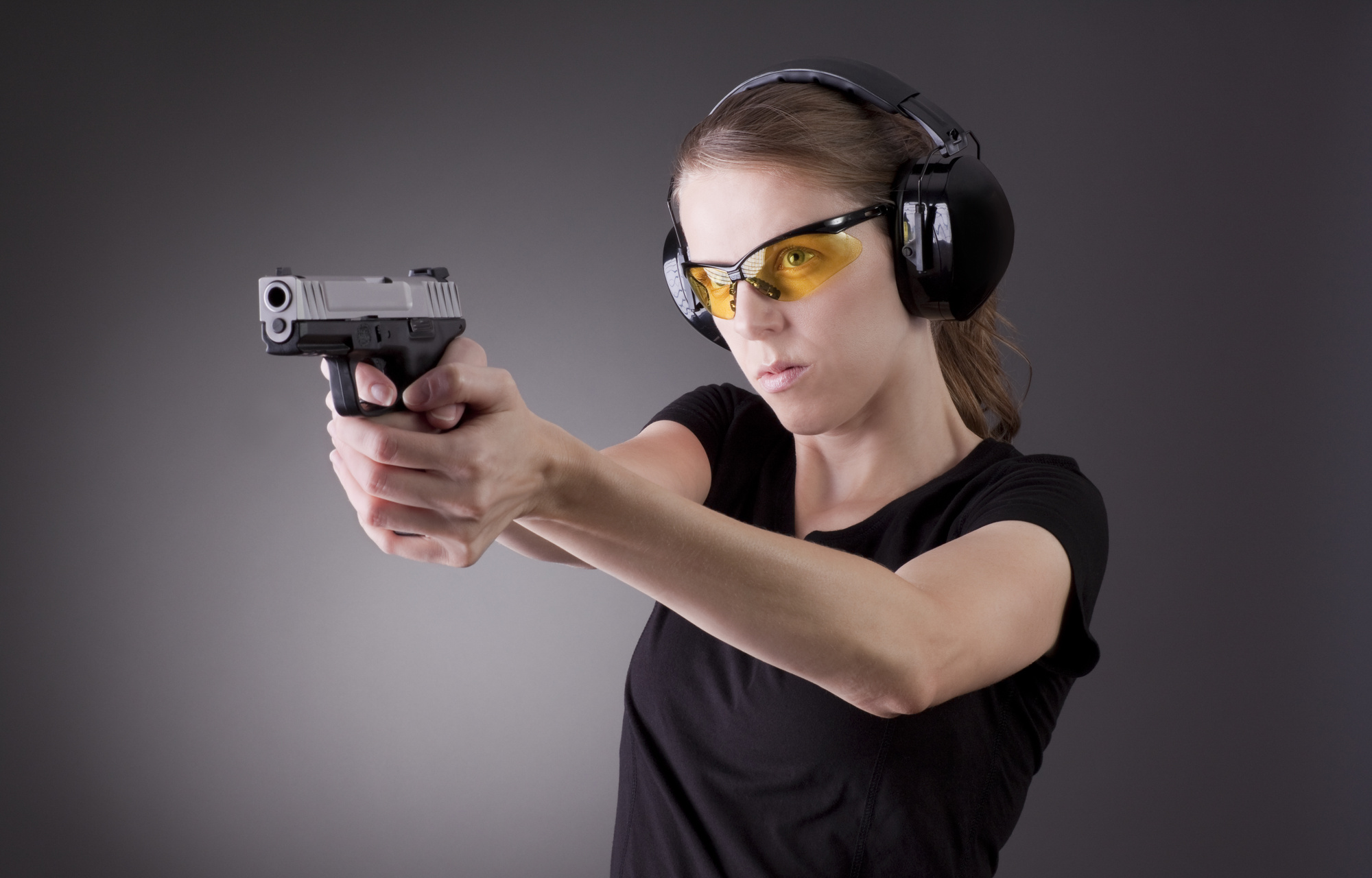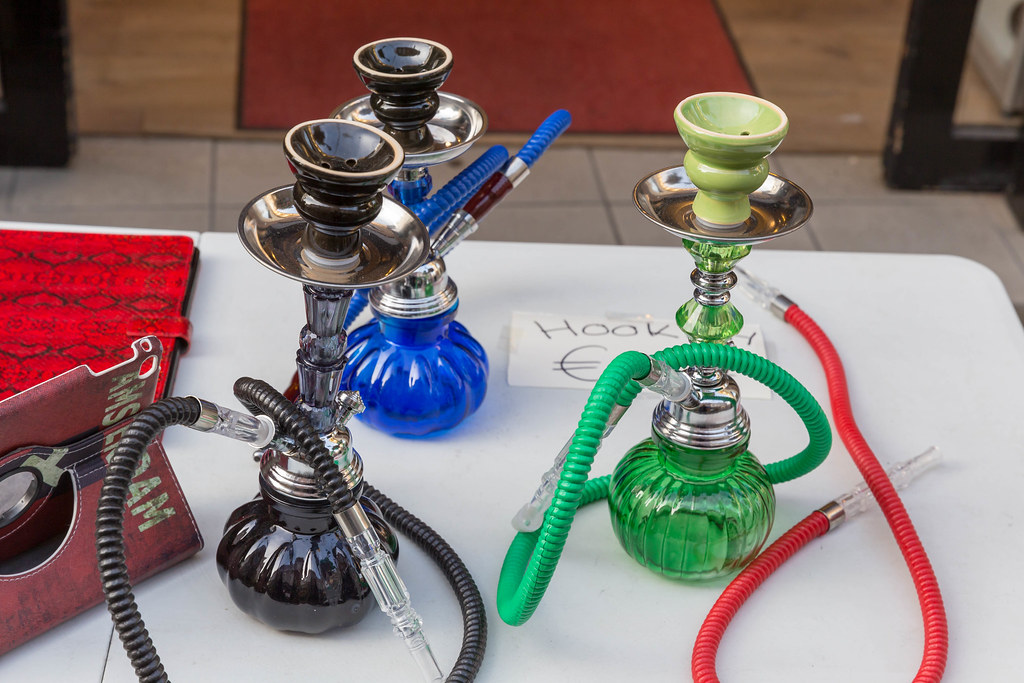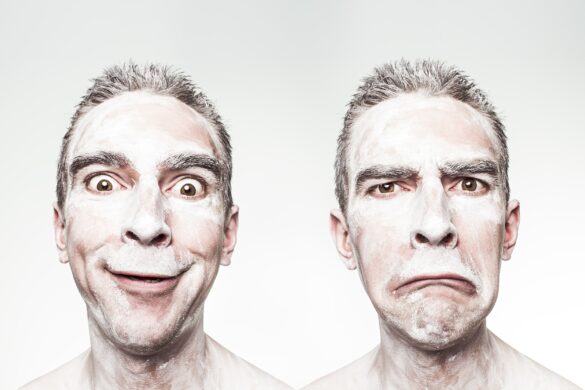
Did you know that just 3% of Americans own half the guns in the nation? Are you looking to improve your shooting skills not only for safety but skill as well?
In this article, explore how to become an accurate shooter with these top tips. Read on to learn how to impress others with your sharpshooting skills.
1. Shooting Stance
What stance you take when shooting your best pistol is vital since it can impact your shot. If you’re wobbly on the bottom, it can cause your hands to shake as well, and not have a steady shot. Ensure you’re in a comfortable position that has you slightly forward to compensate for the recoil.
Get rid of the lean-back stance you’re used to doing. There are 3 types of standing, the modified weaver, weaver, and isosceles. These stances are very similar, they just change foot placement and what arm is flexed.
Ensure that your sight is horizontal, and there’s the same distance between both sides of the rear sight and the front. You want the top of your front sight level with the top of your rear. You don’t want to be aiming too high or low.
Be patient and don’t be quick to shoot your gun. Make sure you’re looking at the alignment of your rear and front sight so you’re properly positioned.
Concentrate on the front sight and not the target to avoid your bullets being around the target.
2. Be Fluid
Ensure you’re fluid and smooth when shooting. You should have your feet separated and securely on the ground. Your eyes should go downrange to see the target. Your pistol should also be part of a correct stance.
Avoid being shaky when firing a gun since that’ll affect how accurate you’re shooting.
3. Focus
When you practice and are learning how to hold a pistol properly, you can hold a pencil in your hand that doesn’t have your firearm. Have it lined up with your sight by having your arm forward. Have your gaze go back and forth from the target and the pencil.
The tip of the pencil should be your focus, not the target.
4. Breathe
If you hold in your breath that can affect your accuracy. Practice breathing naturally instead of having to determine when to breathe.
5. Trigger Reset
You want to avoid taking your finger off the trigger after you shoot and are looking at the target. If you take your finger off the trigger fast, you could be jerking the trigger or shooting too quickly. This also makes your next shot tricky since you’ll need to pull the first part of the trigger again.
To properly use the trigger, you’ll want to hold the trigger all the way back until after the shot and release it to where it resets.
6. Grip It Hard
You want to grip your pistol hard during target practice. You want to use a bit more pressure in your non-dominant hand to keep it steady. You’ll also want to pull the trigger with your dominant hand.
7. Hold Still
Ensure you hold still when firing. The force you use to break the trigger is more than the weight of the gun. Your pistol will move if you don’t practice staying still when shooting.
8. Recoil Anticipation
If you’re moving your body in a certain way dreading the recoil, that can impact the accuracy of your shot. You can practice dry firing to move past this fear. You want to practice pulling the trigger without worrying about the break. You’ll want to start slow and steady.
Some signs of recoil anticipation are when you’re shooting middle-right or low-left for righties, and middle-left or low-right for lefties. You could be pulling shots from tightening your grip too much.
9. Consider the Gun You’re Using
If you choose a larger caliber, that can affect your accuracy. If you choose a higher caliber because you want a powerful gun, it might not be worth it if you can’t shoot it. Many go back to shooting their original gun they feel most comfortable with. Find a gun you’re comfortable with and stay with it, then use these pistol shooting tips.
10. Dry Firing
Once you ensure your gun can be safely used in dry firing, this is sometimes better for practicing than going to the range. You can switch it up where you do the range some days and dry firing on other days.
Best Handguns for Beginners
When you’re just beginning, a good caliber to start with is a 9mm. It’s inexpensive in comparison and easy to find. Other calibers can be more tricky to find such as a .45 ACP or a 9mm FMJ. Another plus is the recoil is less since it’s smaller. It can also hold more magazines.
Check out hollow point bullets for home protection. What’s most essential is the fit of your gun. Choose a full-size handgun for convenience and ease. It’ll be easier to shoot as well since there’s more to grip onto.
You can always try out the concealed sizes as well.
How to Become an Accurate Shooter
While becoming an accurate shooter takes time and practice, before you know it you’ll be on top of your game and impressing others. Accuracy isn’t just about hitting targets but safety and security as well.
Would you like to learn more about everything guns including picking the right gun for home safety? Check out our other articles and guides today.


